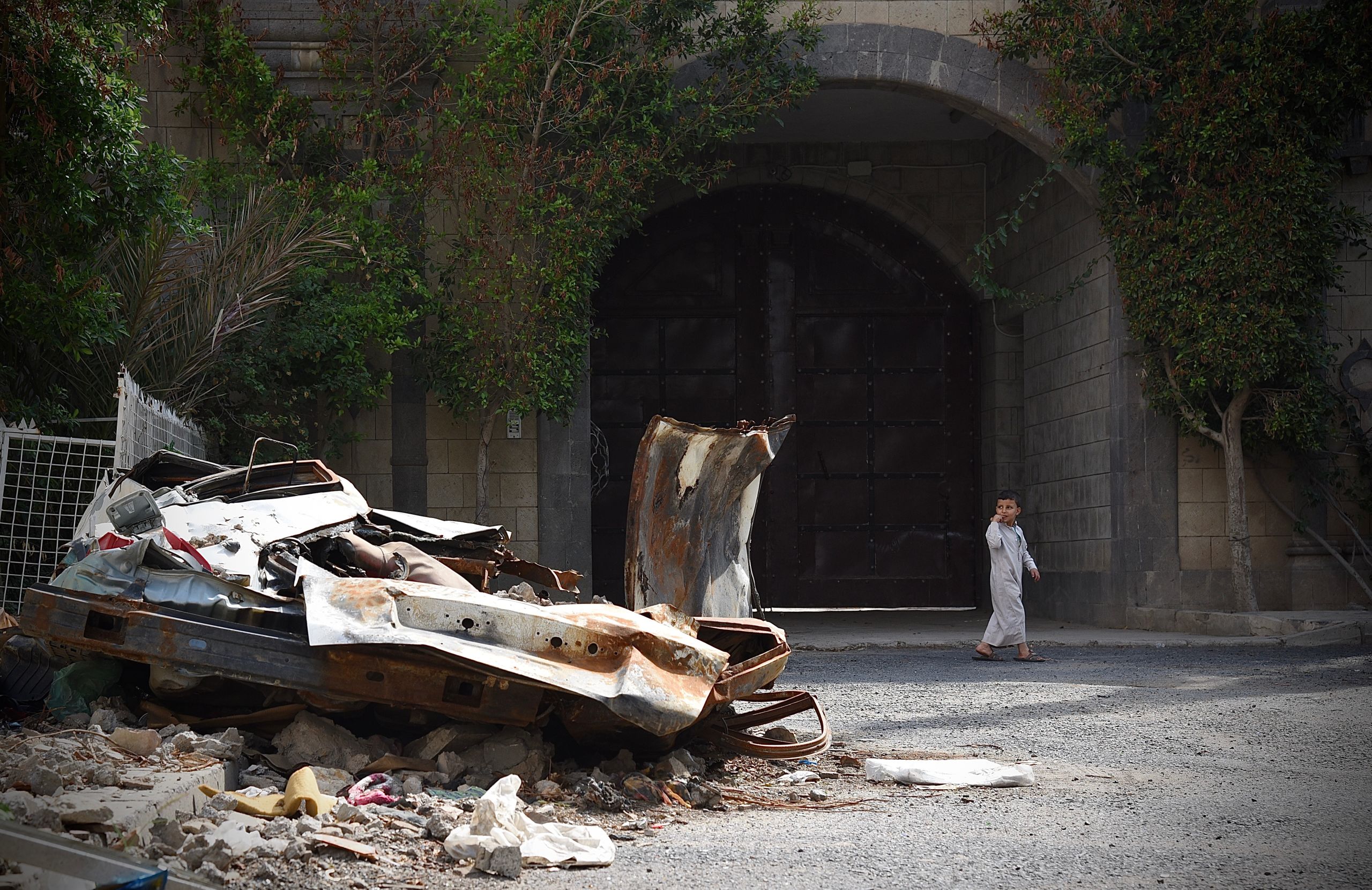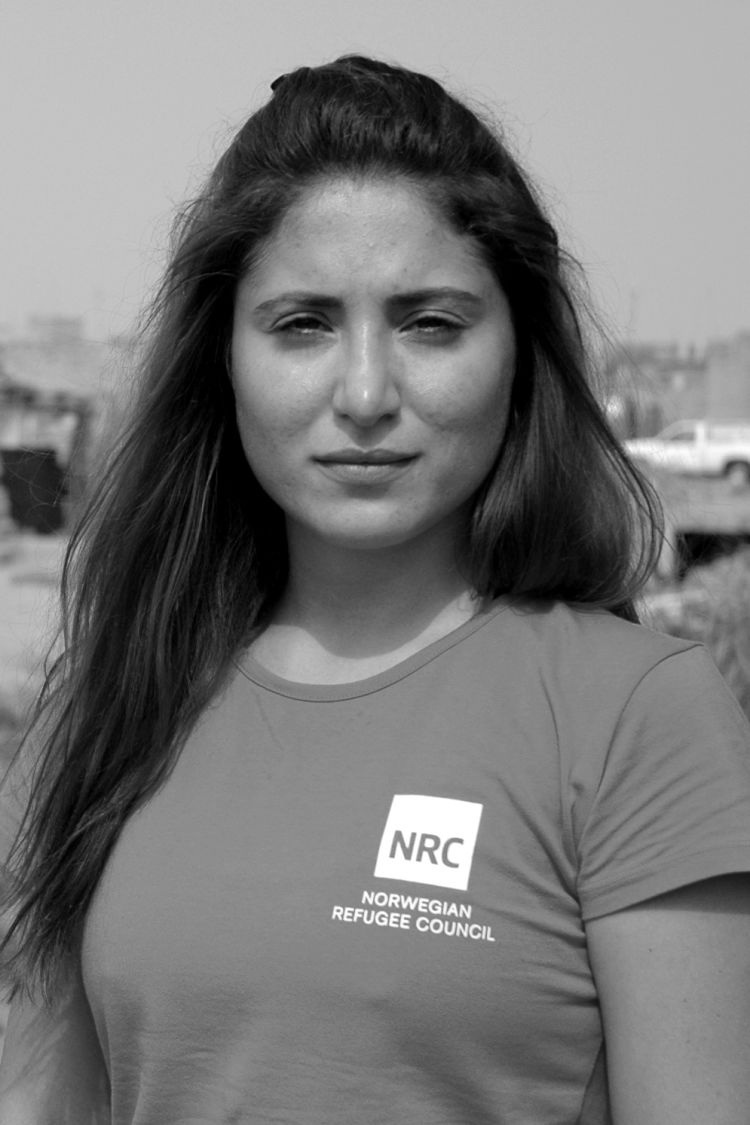Yemen Crisis
Survivors in the rubble

Having returned to Norway from war-tornYemen, NRC’s BECKY BAKR ABDULLA recounts her impressions from one of the world’s worst humanitarian crises, a country experiencing daily bombings and a complete economic collapse.
"When I first arrived in the capital of Sana’a, it struck me how life tends to carry on, even in the midst of a brutal war. The streets were busy with cars and pedestrians, children were playing. Most shops were open, and I could hear the mullah calling to mid-day prayer from the mosque," recounts the Norwegian Refugee Council’s (NRC) Media and Communications Adviser, Becky Bakr Abdulla.
The civilian death toll in Yemen is extremely high. More than 60,000 people have been killed or injured since the escalation of violence in 2015.
Becky has just spent two weeks in one of the world’s worst humanitarian crises. She was often reminded that she was in a war zone.
"Planes were circling over the city. Time and again we would hear explosions and wonder where they hit. The ceaseless sound of bombers reminded me that anything might happen at any time."

Becky Bakr Abdulla. Foto: Flyktninghjelpen
"In Yemen you see destruction everywhere – houses that used to be people’s homes left in ruins, large holes in the ground where airstrikes have hit and burnt out cars in the streets."
Becky Bakr Abdulla, NRC
In addition to daily attacks and economic crisis, cholera and other diseases rage. Many internally displaced people live in camps lacking proper sanitary conditions, affecting the inhabitants’ health.
Since April 2017, over one million have been infected by cholera. The epidemic has killed more than 2,300 people.
10,000 killed
More than 10,000 people have been killed and 50,000 injured since the escalation of violence in 2015.

3 million
are internally displaced in Yemen

1 million
Since April 2017, over one million have been infected by cholera. The epidemic has killed more than 2,300 people.

377,538
In 2017 NRC provided food security for 377,538 people in Yemen.

50,930
In 2017 NRC provided shelter for 50,930 people in Yemen.

8,112
In 2017 NRC provided education for 8,112 children in Yemen.

325,951
In 2017 NRC provided clean water and improved inadequate sanitation facilities for 325,951 people in Yemen.

Becky is impressed by her colleagues who have lived and worked in the conflict for more than three years.
"Many of them have been displaced themselves and live in persistent fear for the lives of their families and themselves. Despite this, they carry on with their daily work to assist fellow Yemenis in need. They live under enormous pressure and the work they do is admirable. I travelled back on a UN flight to my safe home in Norway, while they stay behind and continue the work."
Becky Bakr Abdulla, NRC

NRC in Yemen
In 2017, the Norwegian Refugee Council provided life-saving aid to more than 760,000 people in Yemen. The needs are increasing.

